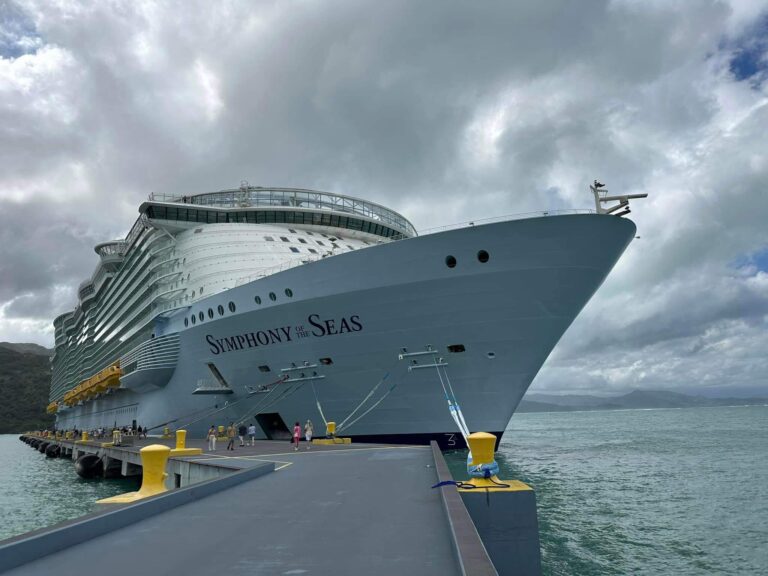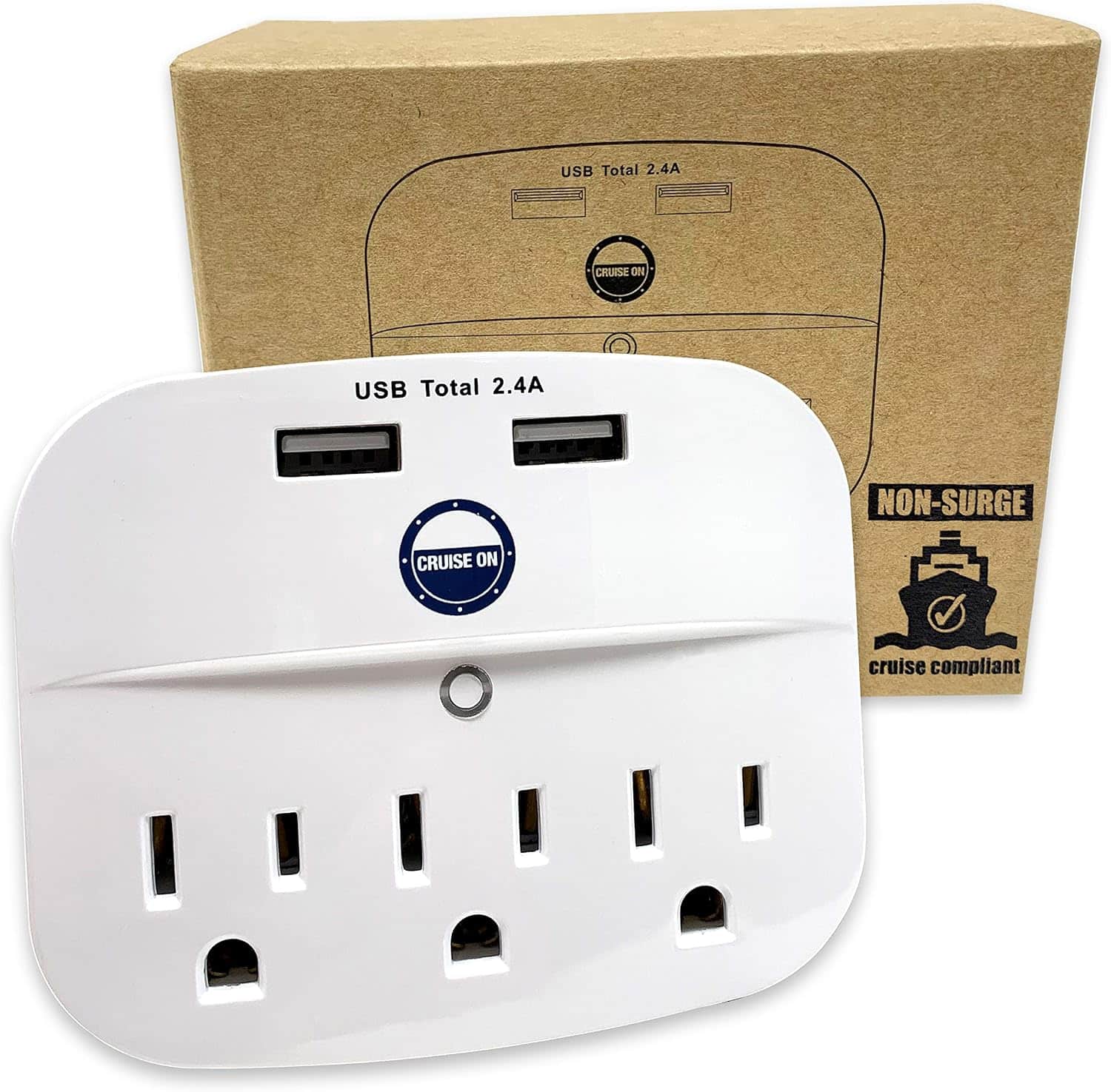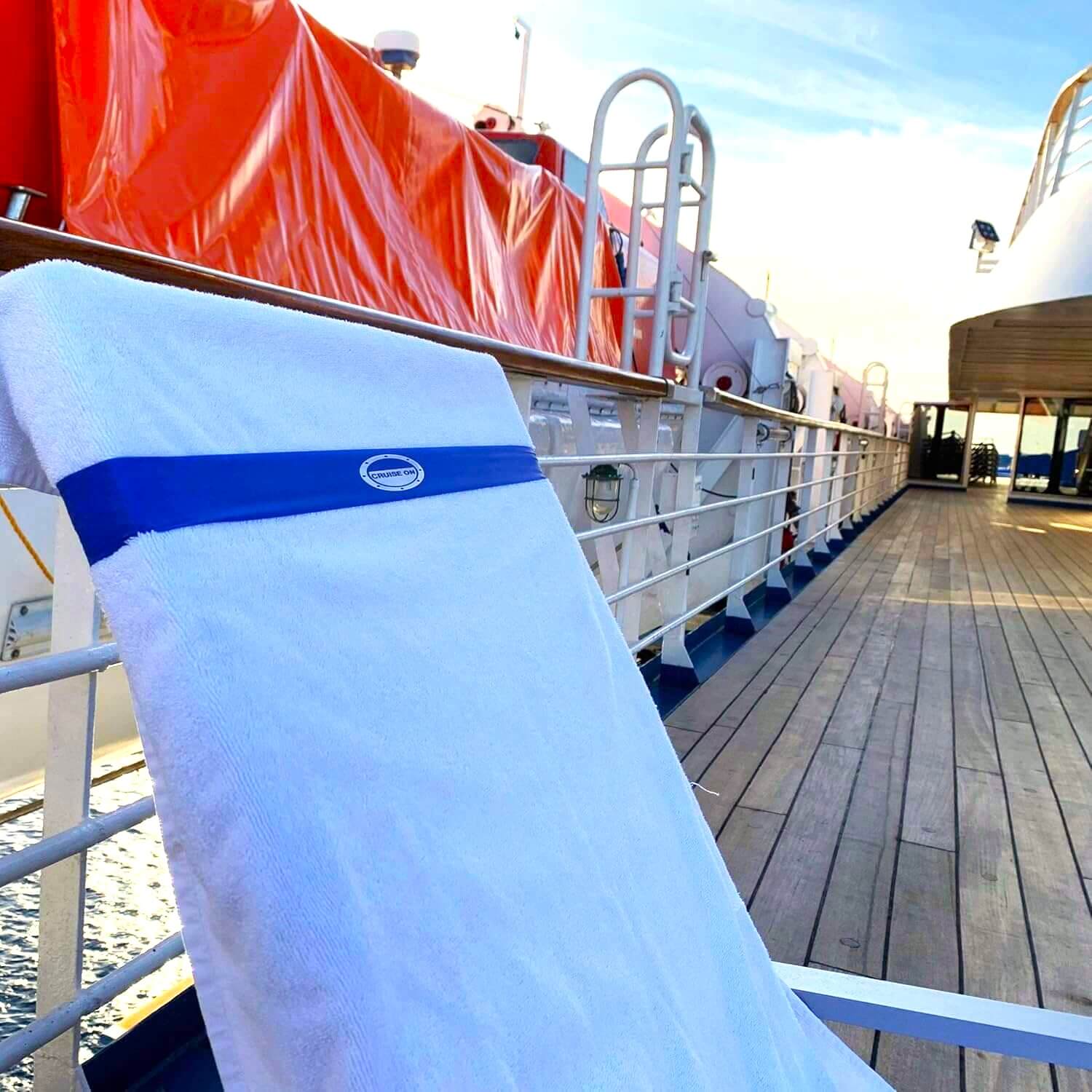Late on Saturday (February 8, 2025), a powerful earthquake, recorded at 7.6 magnitude, shook the Caribbean Sea. Its epicenter was located roughly 130 miles south-southwest of George Town in the Cayman Islands, and the tremors were intense enough that several neighboring countries felt them.
The U.S. Geological Survey reported that the earthquake occurred at around 6:23 p.m. Eastern Time, and local governments jumped into action almost immediately, issuing alerts and warning residents to stay safe.
Tsunami Warnings
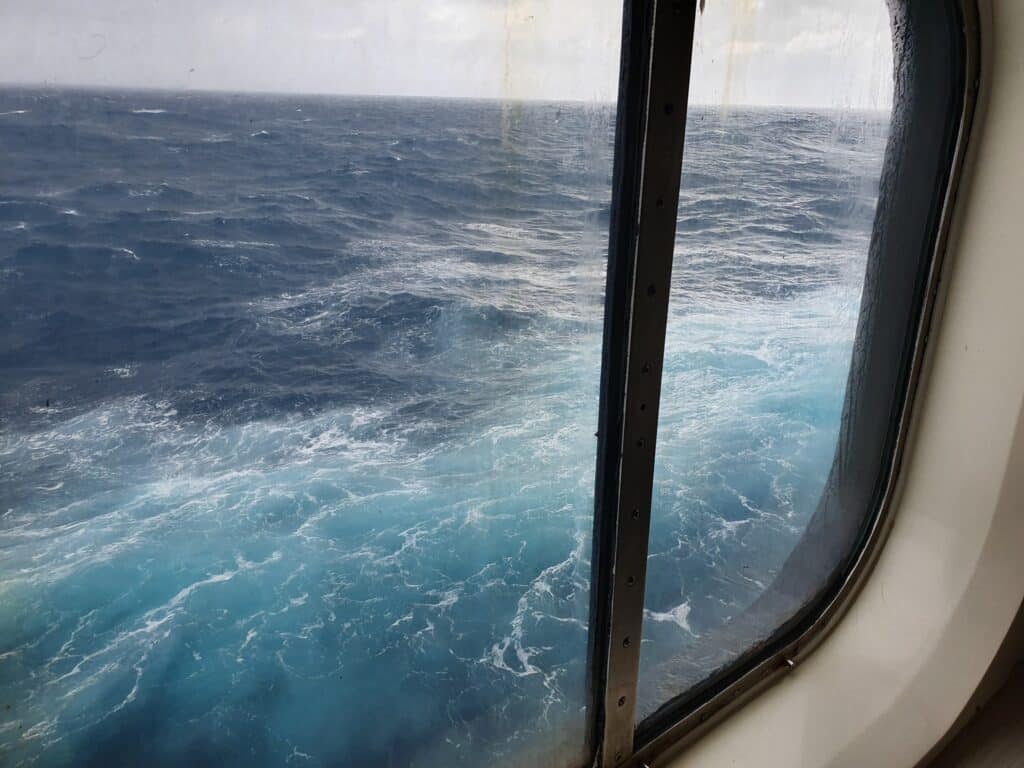
Shortly after the quake hit, officials in the Cayman Islands, Puerto Rico, the Dominican Republic, Honduras, and Cuba began issuing tsunami warnings.
As you probably know, when earthquakes are quite strong, there’s often a risk of tsunamis forming and hitting nearby coastlines.
For this reason, coastal communities were urged to evacuate to higher ground, which led to a flurry of emergency notifications and people moving inland.
Initially, the U.S. Tsunami Warning Center also included Puerto Rico and the U.S. Virgin Islands in their advisory, but that was later lifted when the immediate threat lessened. Still, authorities cautioned everyone to remain on alert, given the unpredictable nature of ocean currents after a big quake.
Keep reading because later, we’ll talk about what happens if you’re on a cruise ship when a tsunami strikes.
Reported Damage
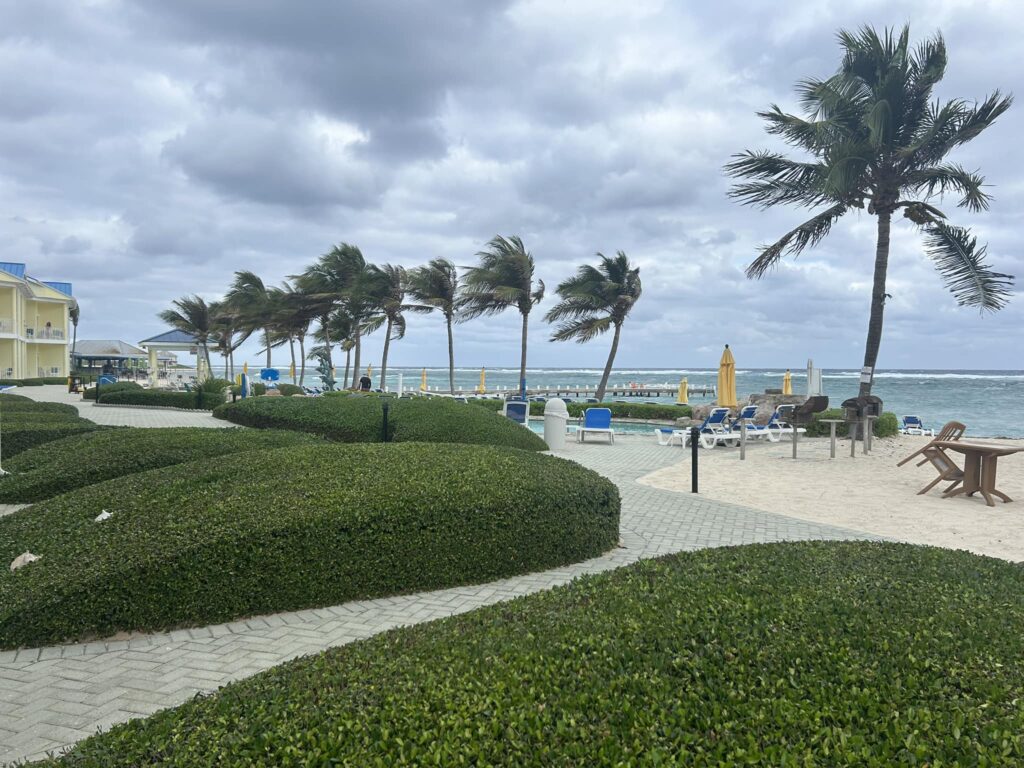
Luckily, despite the quake’s considerable strength, no major injuries or widespread destruction have been reported for now.
According to scientists at the U.S. Geological Survey, the fact that it occurred offshore helped mitigate a lot of potential damage. Nevertheless, a series of smaller aftershocks did follow, and officials have asked people in affected areas to keep an eye on buildings and infrastructure.
Sometimes, cracks in walls or foundations might not be immediately obvious, so it is important to remain vigilant and continue to monitor the situation in the following hours.
Why Earthquakes Are Frequent in the Caribbean
I don’t know if you knew this, but The Caribbean region sits on top of a complex network of shifting tectonic plates, most notably the North American and Caribbean plates.
As these massive sections of the Earth’s crust move, they can generate strong earthquakes and, in some cases, trigger underwater landslides that create tsunamis.
Historically, the Caribbean has seen quakes that caused significant damage and loss of life. I think you all remember the terrible earthquakes that struck Haiti and caused tens of thousands of deaths.
This is why experts always emphasize preparedness and awareness in the Caribbean region and those immediately nearby.
(LIVE UPDATES AT THE END OF THE ARTICLE)
What Happens If There’s a Tsunami While You Are on a Cruise Ship?
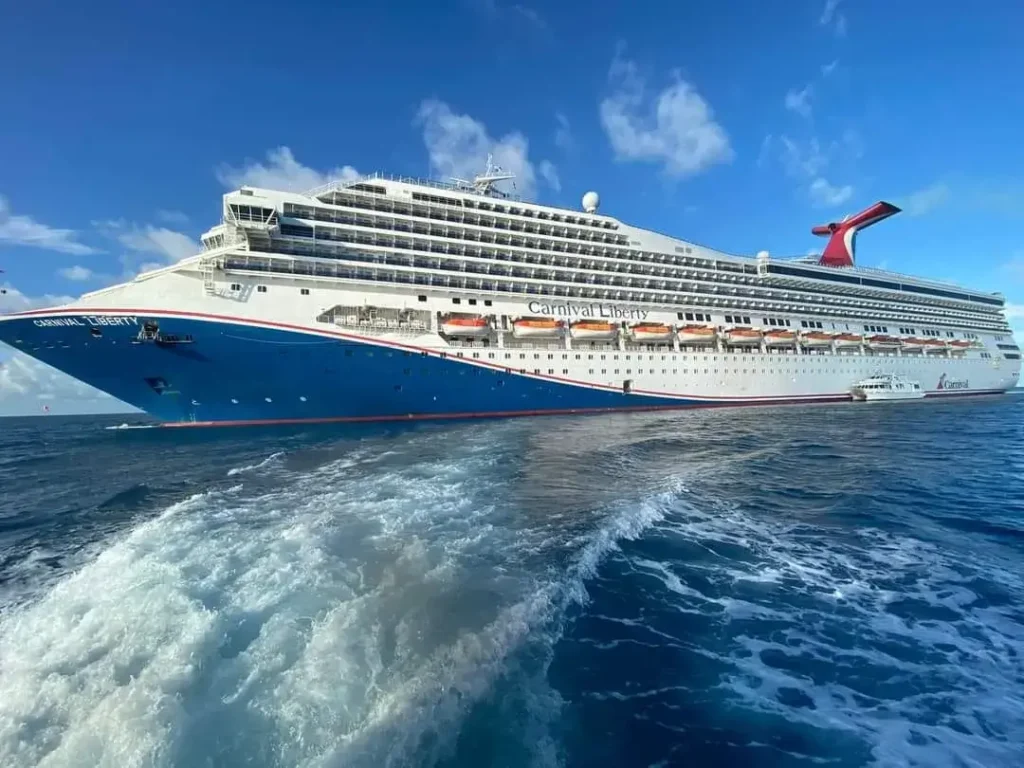
Let’s start with an important assumption: a tsunami in the open sea is totally different from a tsunami on the coast.
If the ship is in the open sea, you will not see a very high wave but rather a series of fast-moving swells (can reach hundreds of miles per hour but with a fairly low height.)
The real danger is always near the coast! If a tsunami approaches while a ship is docked or in shallow waters, the rapidly rising and retreating water can be extremely dangerous.
But can a cruise ship survive a tsunami even if it is close to the coast? You can find the answer in this specific article.
Staying Safe in a Seismic Zone
If you’re on land, there are different things you can do to stay safe.
First, it’s crucial to stay informed by tuning into local radio or TV news and checking official social media updates.
Follow instructions given by governments or local authorities. If you don’t know what to do, don’t make decisions on your own, and don’t ignore any updates about potential aftershocks or other hazards.
Another thing to do if you live in or visit these areas is to identify escape routes in case an evacuation is needed. Being prepared in such cases can save your life.
Lastly, If there’s a tsunami warning and you can’t get inland in time, go to a tall, reinforced building and move to the upper floors. In some areas, designated tsunami evacuation towers may be available, if you’re visiting those areas or taking a cruise, it’s a good idea to be informed about this.
LIVE UPDATE
Update 1: Officials report that the earthquake’s epicenter was approximately 20 miles (32 km) north of Honduras and about 130 miles (209 km) southwest of the Cayman Islands.
Update 2: The US Tsunami Warning System initially issued alerts for over a dozen countries, warning of waves up to three meters (10 feet), but later confirmed the threat had passed.
Update 3: Warnings were also issued for Puerto Rico and the Virgin Islands, both of which are now canceled. The Cayman Islands government asked coastal residents to move inland through an announcement on its website.
Update 4: According to US authorities any serious threat had passed. But “minor sea level fluctuations could still occur.
I have tried several of them but these are the most durable and sturdy.

